
Why should you implement 3D vision in your automation projects?
Today’s automation projects are getting progressively more advanced. 3D vision is a strong example of a relevant improvement. Here’s why it’s so integral to helping projects reach new heights and a look at how the technology has advanced over the years to address previous shortcomings and enhance the versatility of current and future applications.
How 3D vision improves automation
This technology allows applications to detect objects regardless of their positioning. Whether items are stacked, in bins, or in another arrangement, these solutions push industrial automation forward by making it increasingly applicable to a broad range of scenarios. Many of these systems are set up to make them behave similarly to human eyes, such as by containing two lenses for processing incoming information.
A real-world environment does not typically fit into neat parameters. It may have varying textures, non-uniform object heights, and other elements that could rarely or never stay static across moments in time. Fortunately, 3D sensing accommodates those differences. It enables robots to adapt to unstructured environments and become more adept at new tasks.
The ability of a computer vision system to distinguish between robots, people, and other objects is also critical since employees commonly work alongside various types of robotic technologies to get work done faster and with fewer errors. When an automated machine can correctly perceive the specifics of a crowded environment, that capability makes it safer overall.
As automated applications become increasingly diverse and advanced, people will continue seeing why three-dimensional computer vision is essential for making them work as expected. Company leaders commonly deploy smart equipment to reduce error rates and improve productivity. Machine vision that detects objects in 3D can offer those advantages and more.
Common robot applications deploying industrial 3D vision
Many of the most advanced robots have three-dimensional vision features that increase their perception during certain tasks. Here are -some examples of potential applications.
Manufacturing
Many factories use automated mobile robots (AMR) to cope with the challenges of labor force shortages and reduce the need for team members to do strenuous repetitive work. AMRs often have onboard vision capabilities that let the machines find clear paths by recognizing and steering around obstacles.
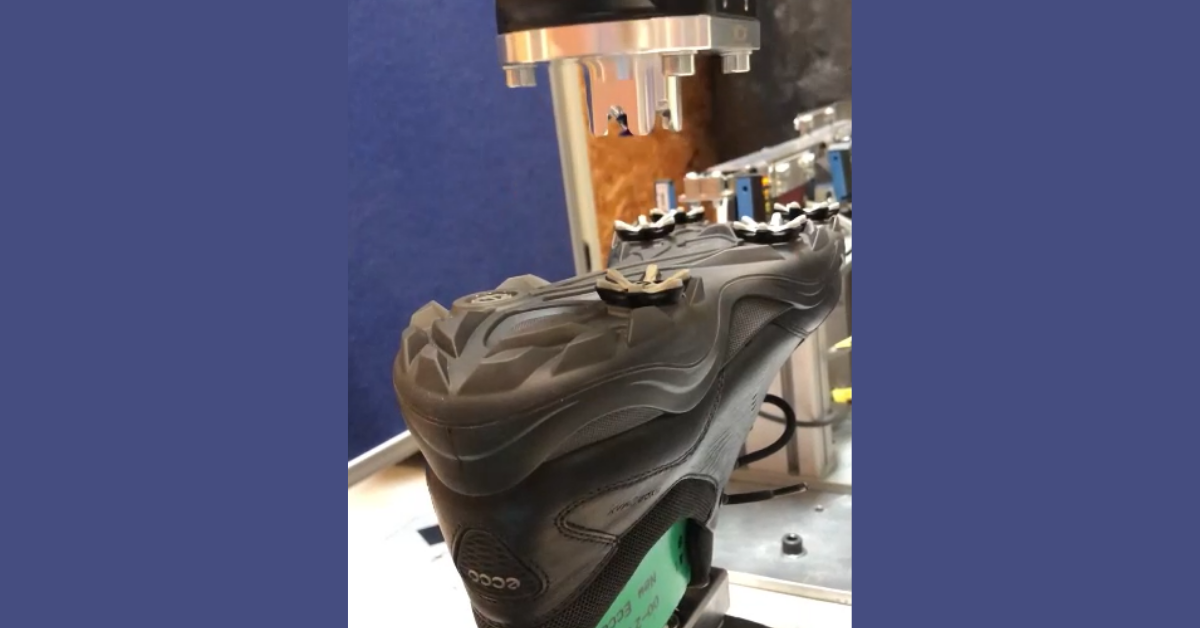
Health Care
Improved machine perception is also vital in applications requiring extraordinary precision, such as robotic surgery. One company has applied the technology to brain and spinal procedures, allowing surgeons to see the necessary areas without exposing patients to radiation.
The system can also improve surgical planning by creating a three-dimensional and image-based canvas of the part of the body relevant to the procedure.
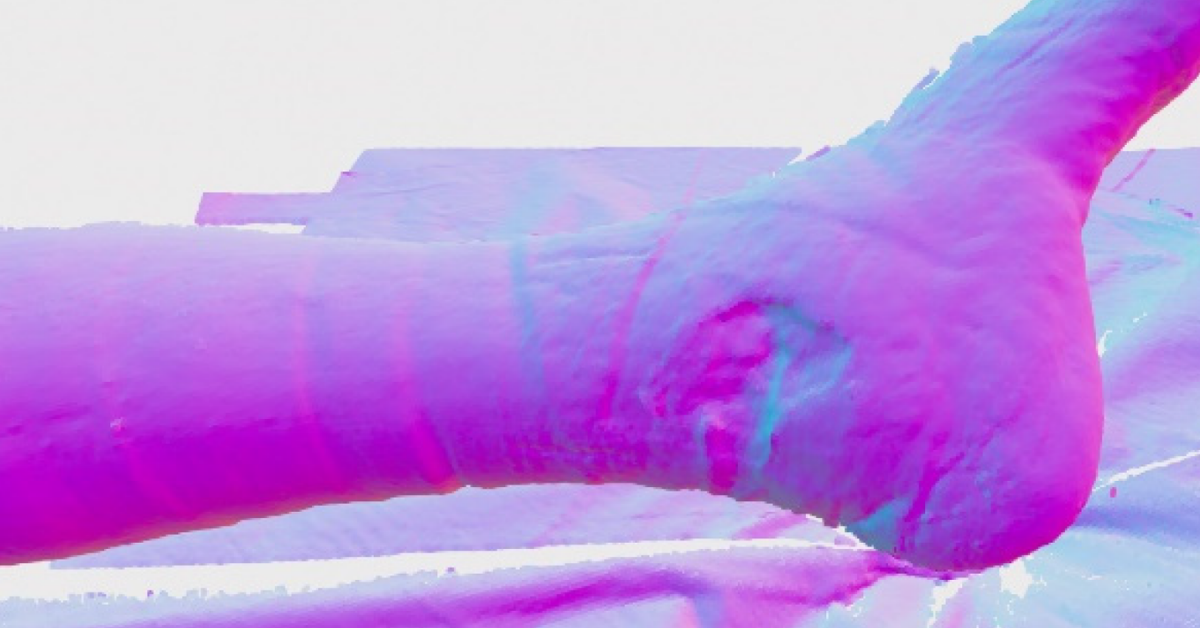
Agriculture
The benefits of this technology for industrial automation also become apparent if applied to large-scale agriculture. Some robots can focus solely on ripe produce, making the overall harvesting process more effective.
Researchers also suggest that 3D machine vision solutions could help dairy farmers assess the body composition of cattle. Doing such evaluations is essential for keeping cows lactating, helping them become pregnant, and reducing metabolic diseases.
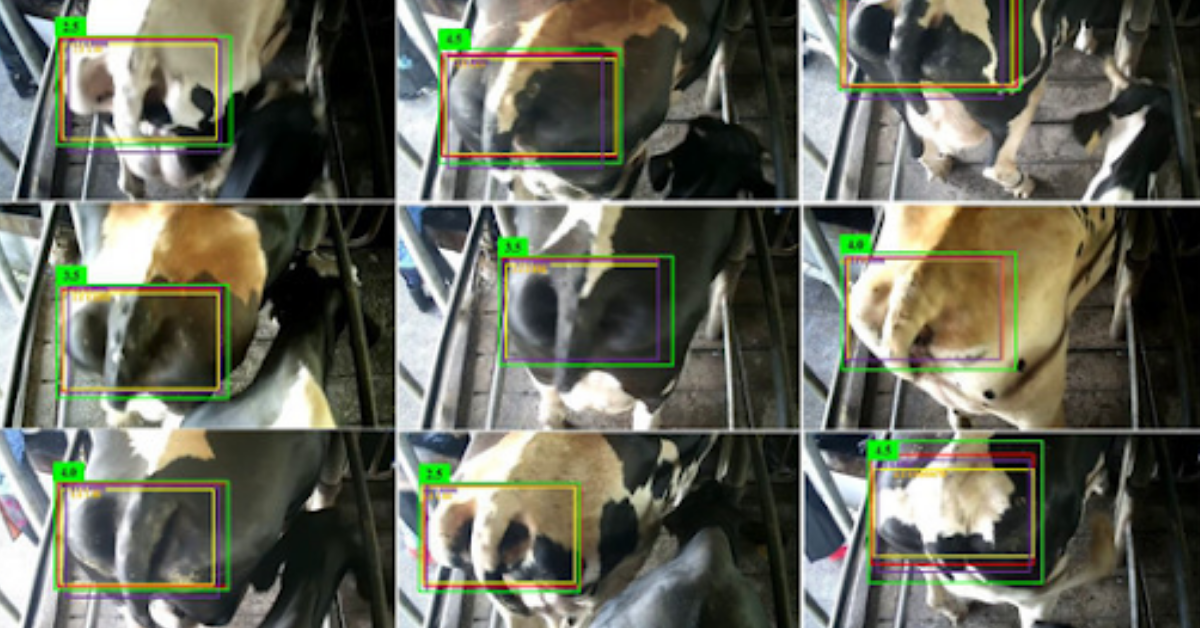
Food and Beverage
Food and beverage companies use computer vision inspection systems to check everything from yogurt to pizza dough. Such applications can substantially accelerate quality control.
However, people planning to use it must be aware that ambient light from the sun or overhead artificial sources could impact the quality and consistency of those checks. Thus, understanding how to maintain the environment to get the best results is essential.

Logistics
When considering the varied shapes and sizes of parcels, it’s no surprise that logistics companies have started harnessing the power of 3D machine vision to increase productivity. DHL is one such brand.
It recently invested in robots for depalletizing. Besides improving workflow output, decision-makers believe robotic applications will result in better worker safety.
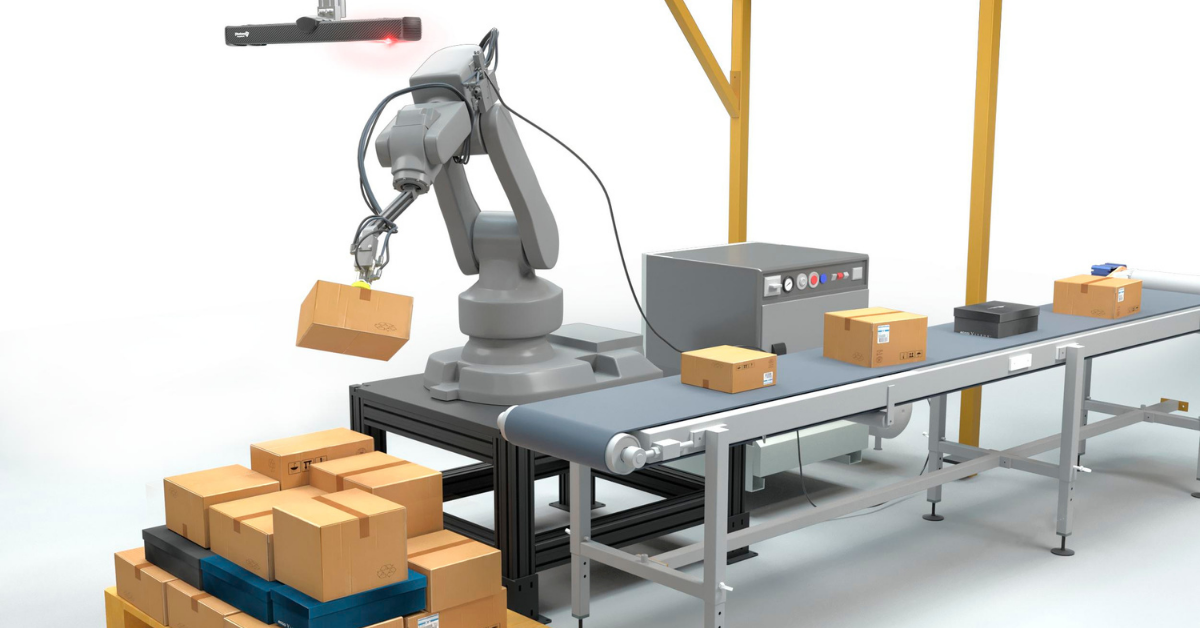
Retail
Not so long ago, retail workers performed manual stock checks to gauge how fast certain products were selling and when to replenish the shelves. That still happens to some extent, but many retail brands now let robots equipped with 3D machine vision do that task. At some grocery retailers, including ShopRite, a bot roams the aisles up to three times per day to check product statuses. The high-tech machines can also detect when items are in the wrong places.
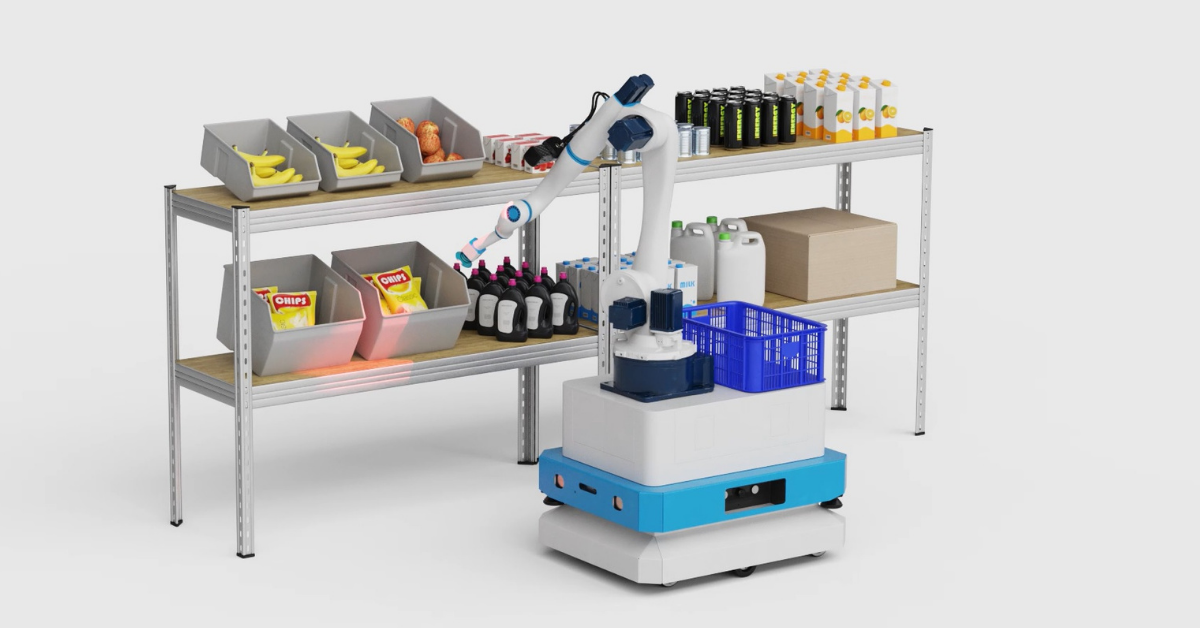
Advancements in 3D vision that tackle automation challenges
The above examples show how 3D sensing can help various industries get impressive results and target pain points. Improvements in the technology have also made it easier to deploy a robot for diverse tasks that were too complicated for 2D systems to do well. Examples include picking up parts from piles.
Three-dimensional vision systems are often the more appropriate choice because 2D vision systems do not provide depth information and as such, they are only suitable for simple applications that require the capture of objects in the X and Y-axis. Examples of such applications include barcode reading, character recognition, dimension checking, or label verification. 3D machine vision systems enable much more complex robotic tasks because they provide 3D point clouds with precise X, Y, and Z coordinates.
Challenges can also arise when using robots for bin-picking tasks due to the potential variations in product placement within those containers. Sometimes, the item positions are structured, such as if they’re stacked or lined up in rows. However, there are other cases where products overlap inside bins or are even entangled. Luckily, the most advanced machine vision systems can handle such scenarios without issues.
Better industrial automation made possible with Parallel Structured Light technology
Photoneo also has a novel Parallel Structured Light technology that powers its 3D camera, known as MotionCam-3D. Traditional area-sensing technologies could not handle the capture and scanning of moving 3D scenes without unwanted blur and artifacts.
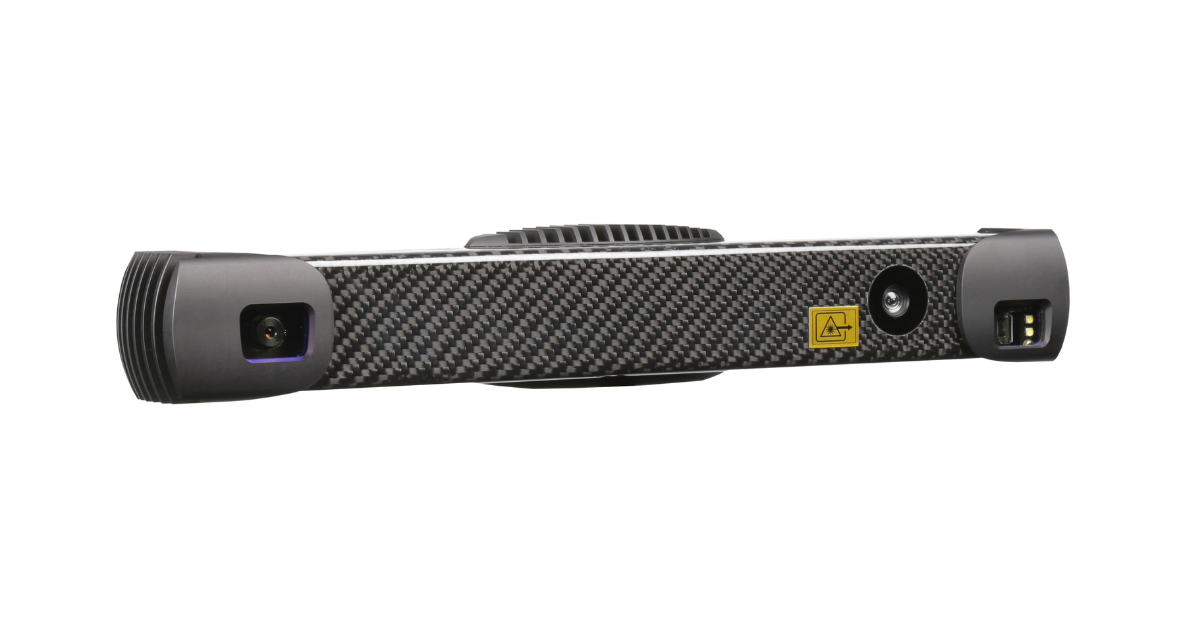
It relies on a snapshot system that constructs multiple virtual images within a single exposure window. This approach gives high-resolution, accurate results. MotionCam-3D can scan dynamic scenes moving up to 144 km/hour. Alternatively, companies can use it for static scenes. Now, the capabilities of the camera have been extended to provide also color information.
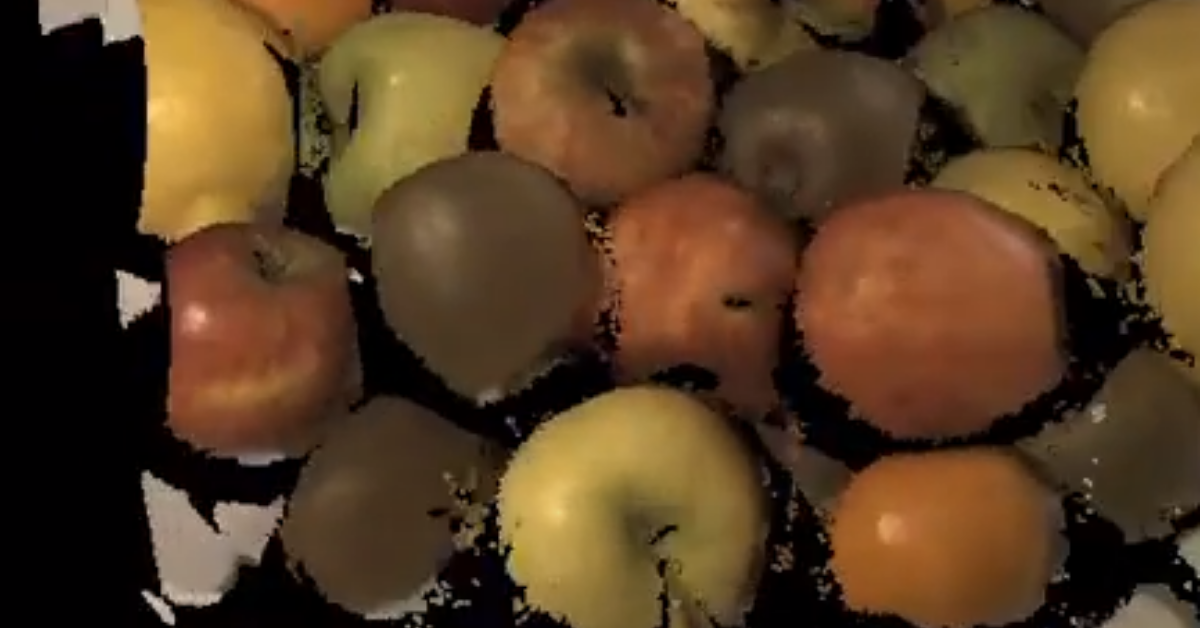
Three-dimensional computer vision supports automation
These examples show why decision-makers in a wide range of industries should strongly consider exploring how 3D vision could support their intentions to automate particular processes. Implementing this technology takes time and effort, but it’s usually worthwhile.



